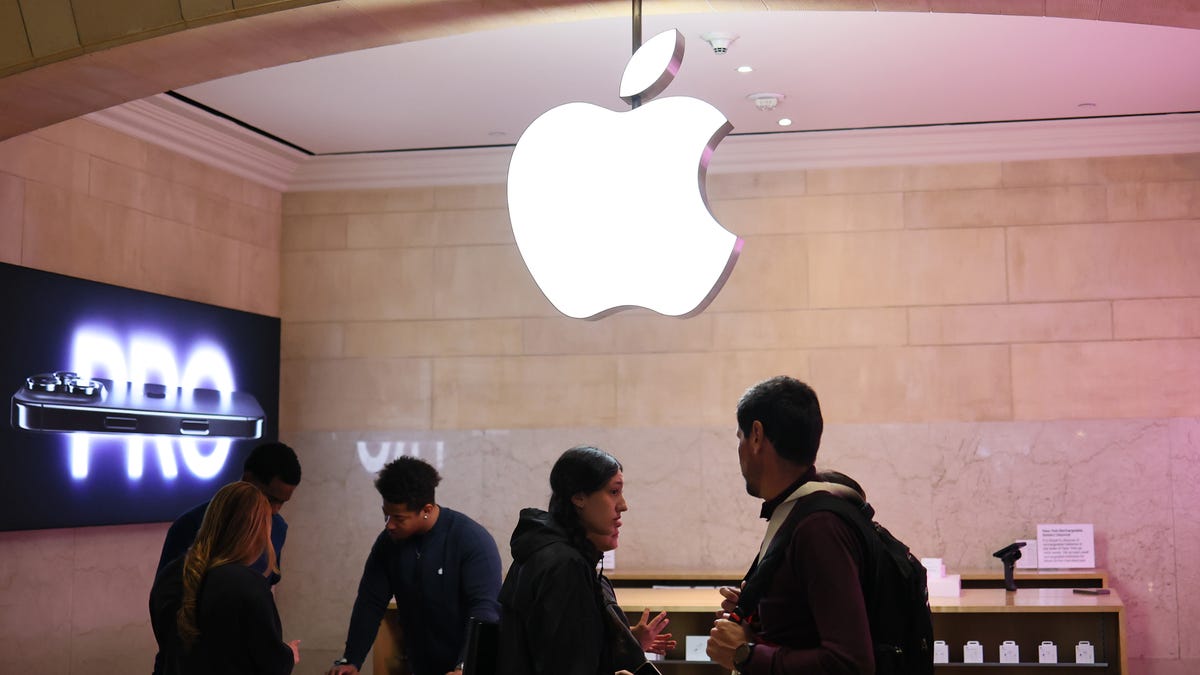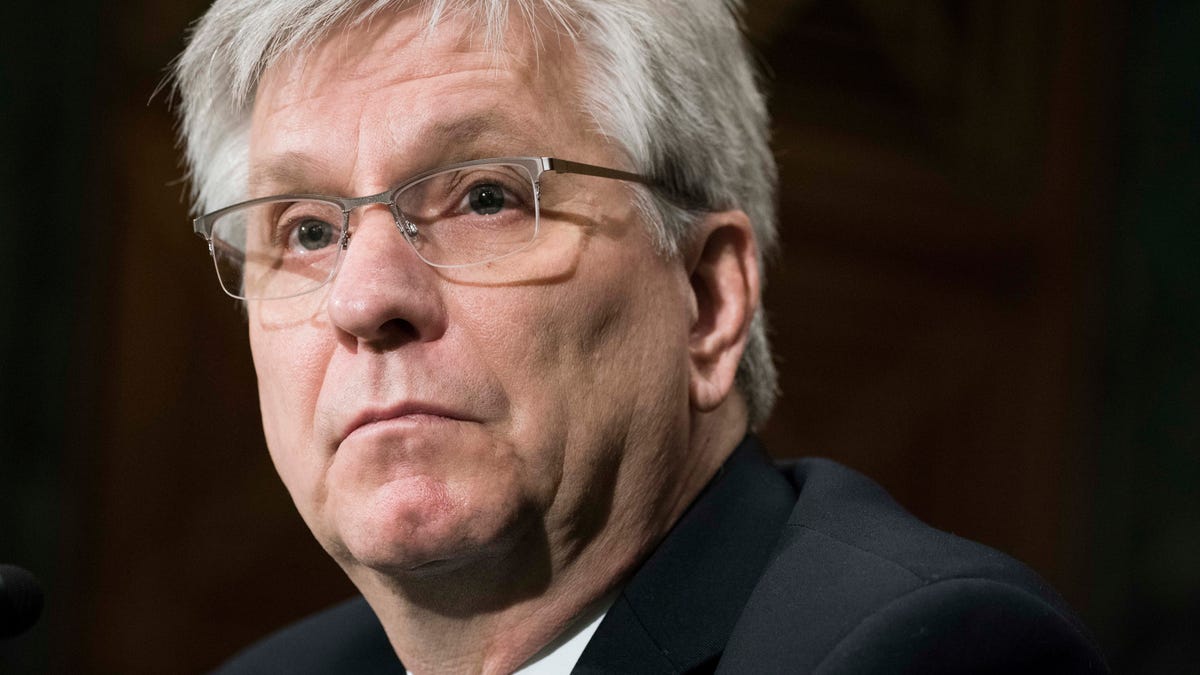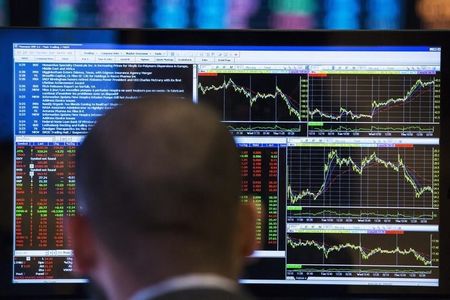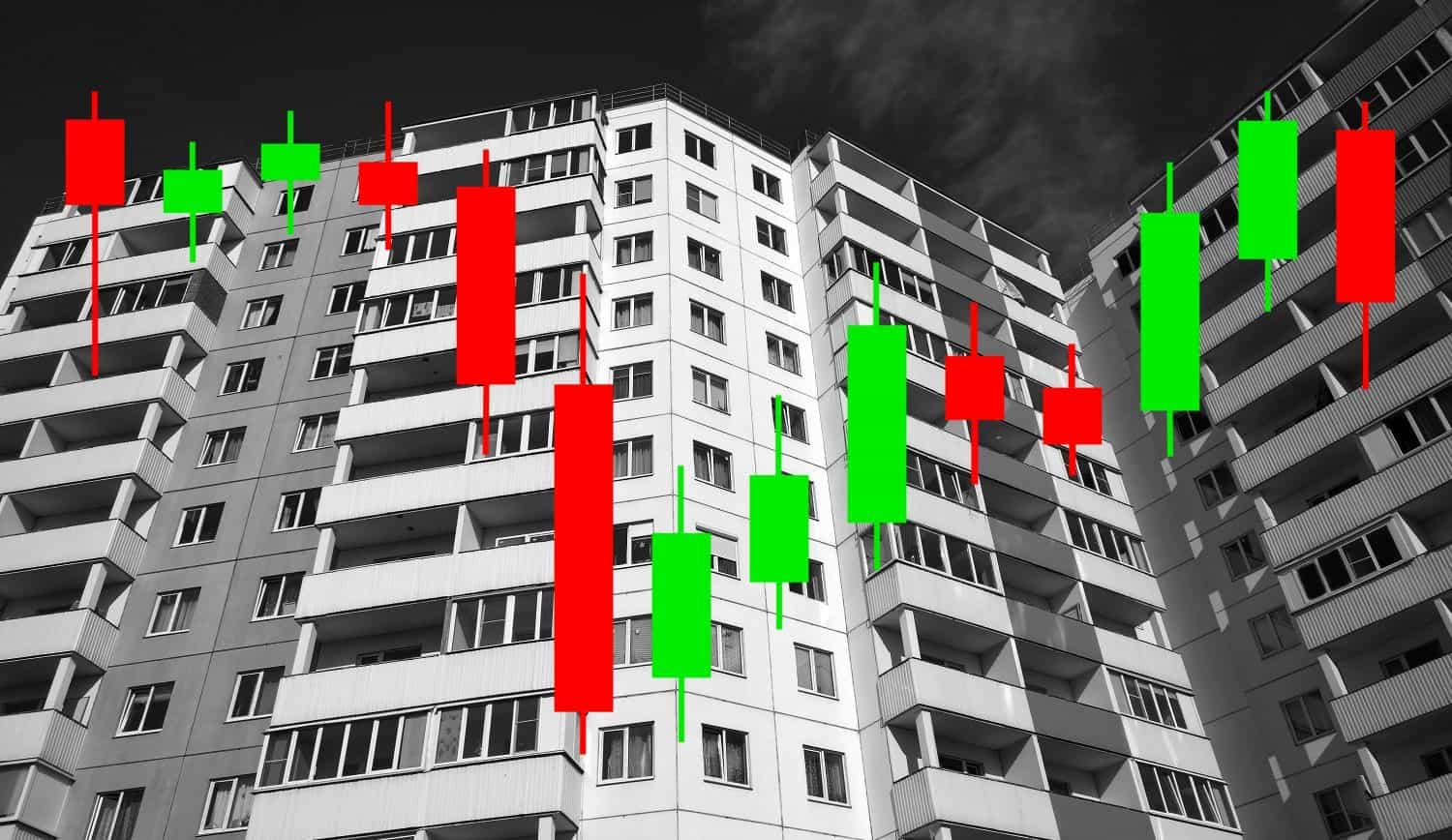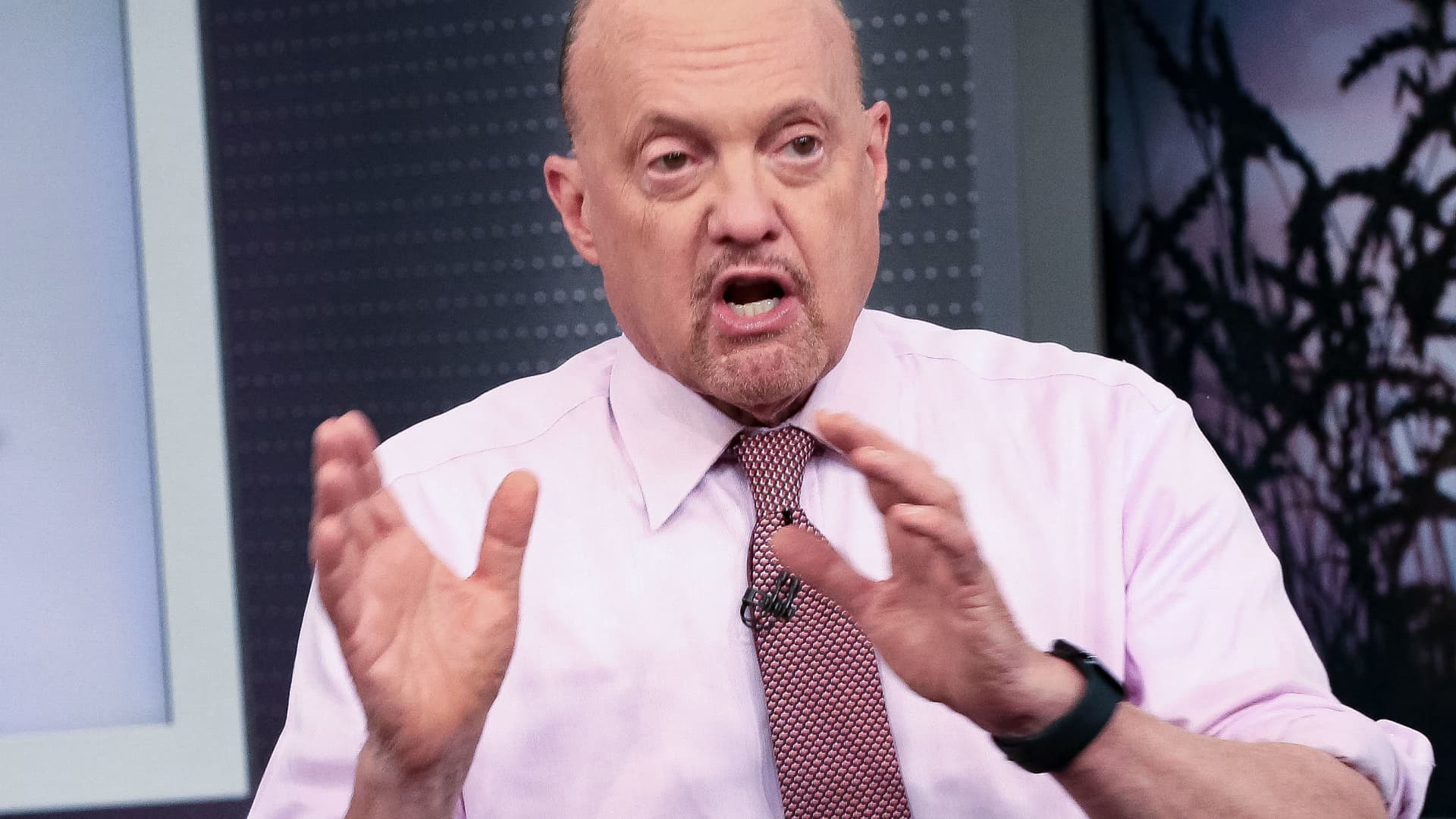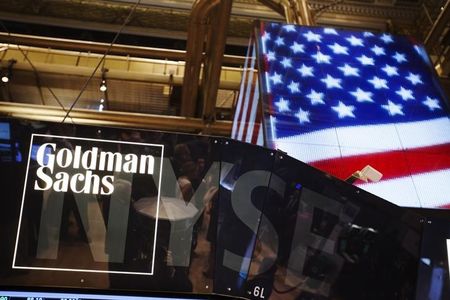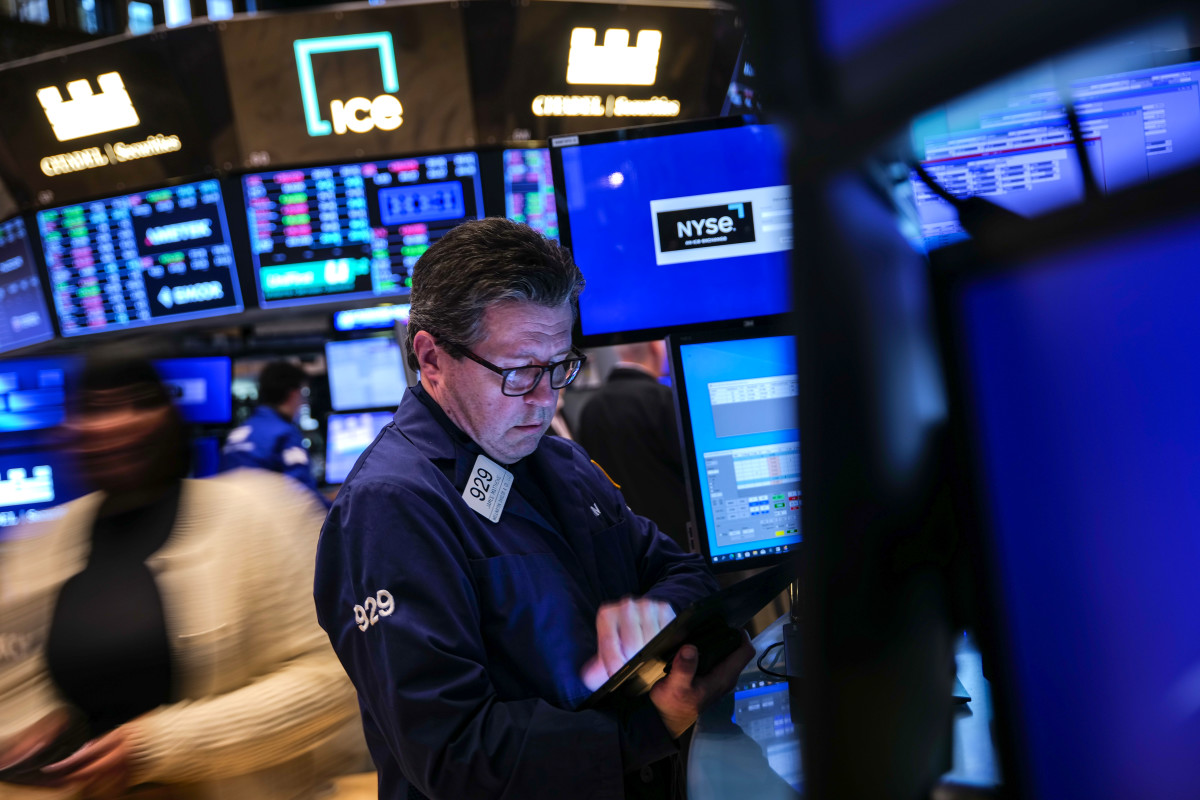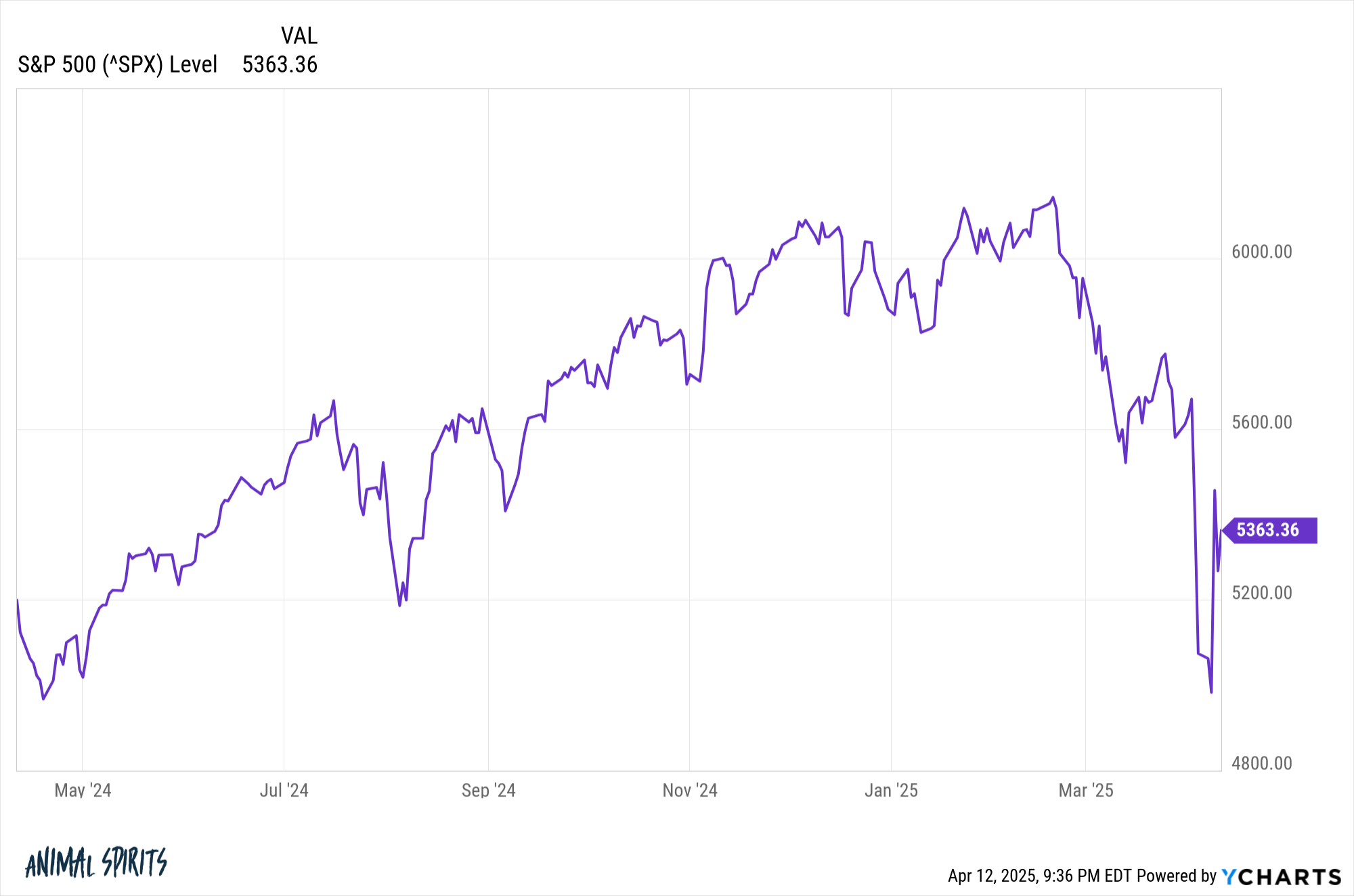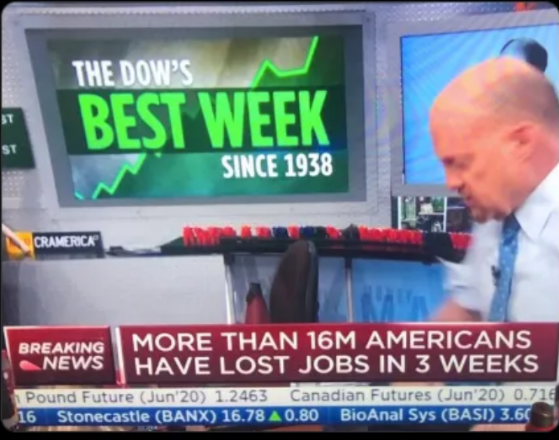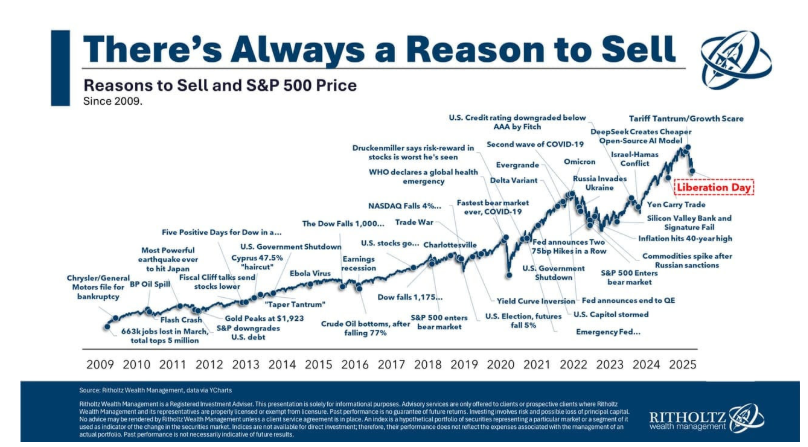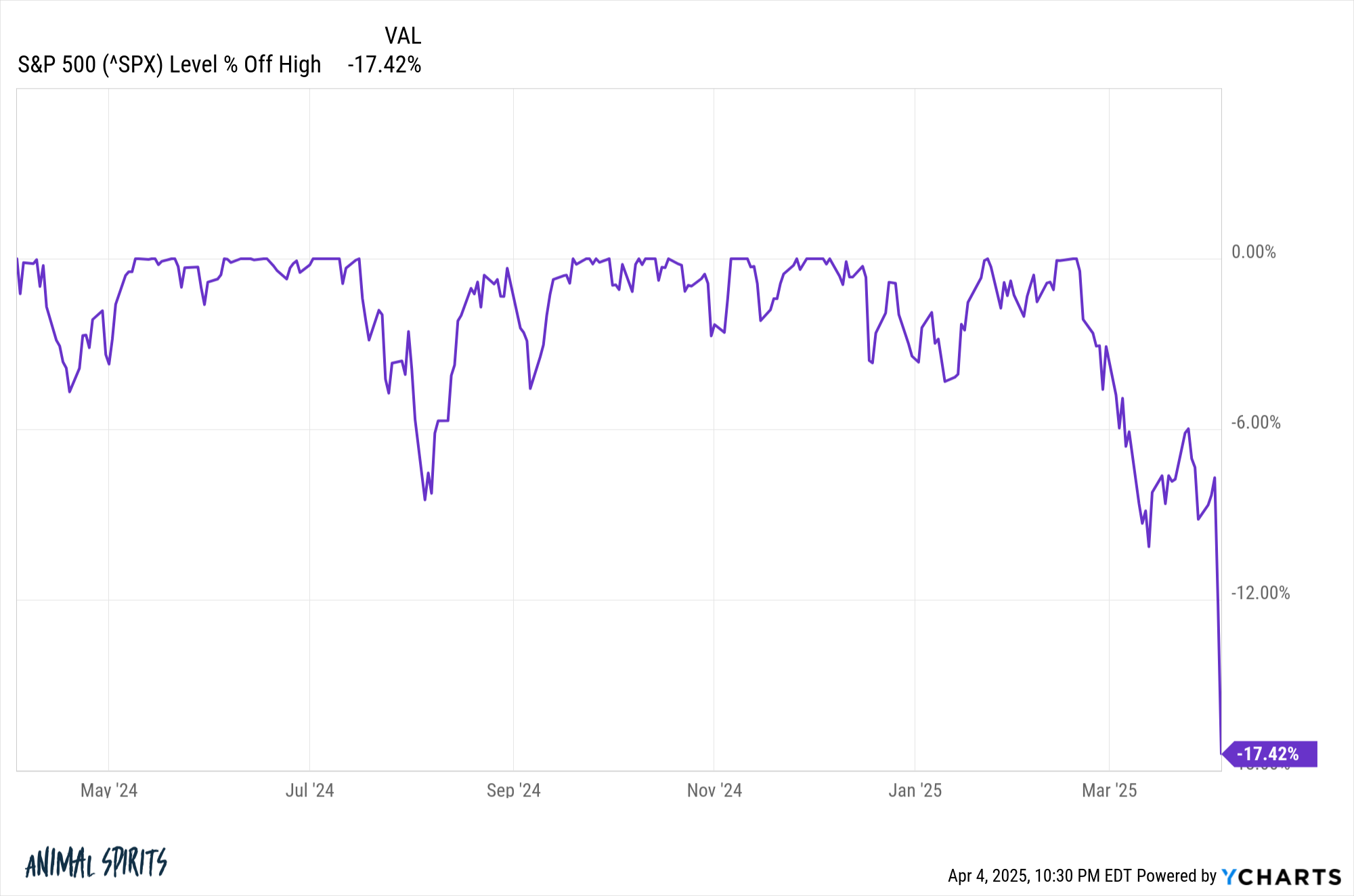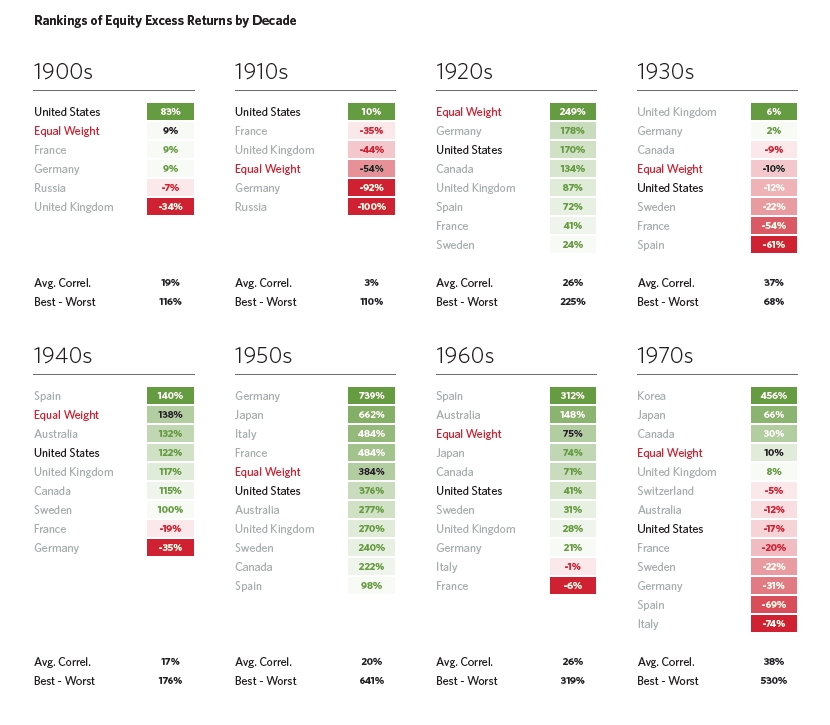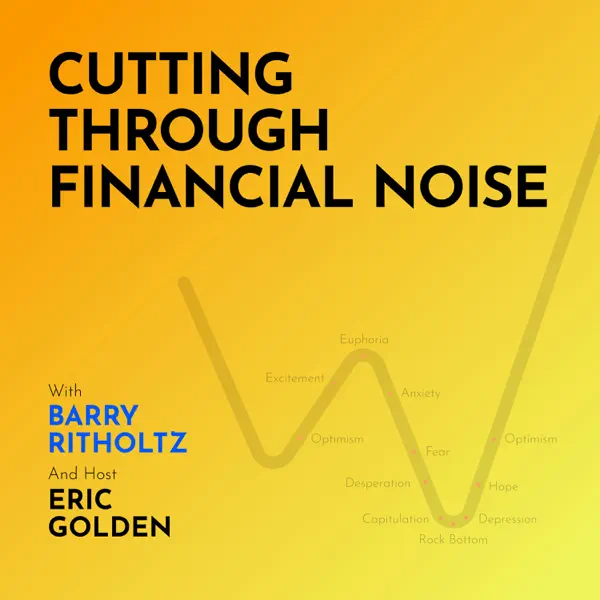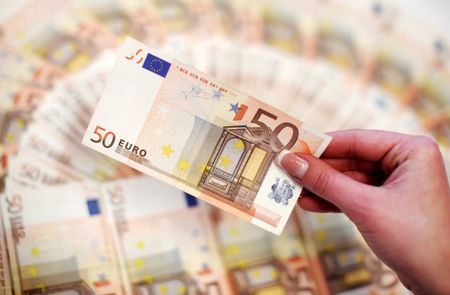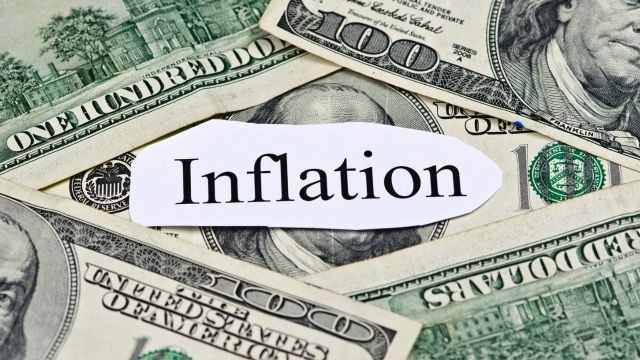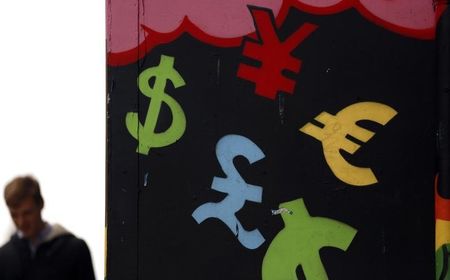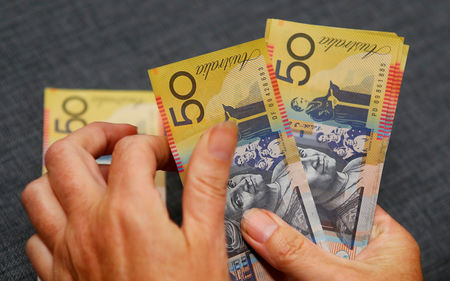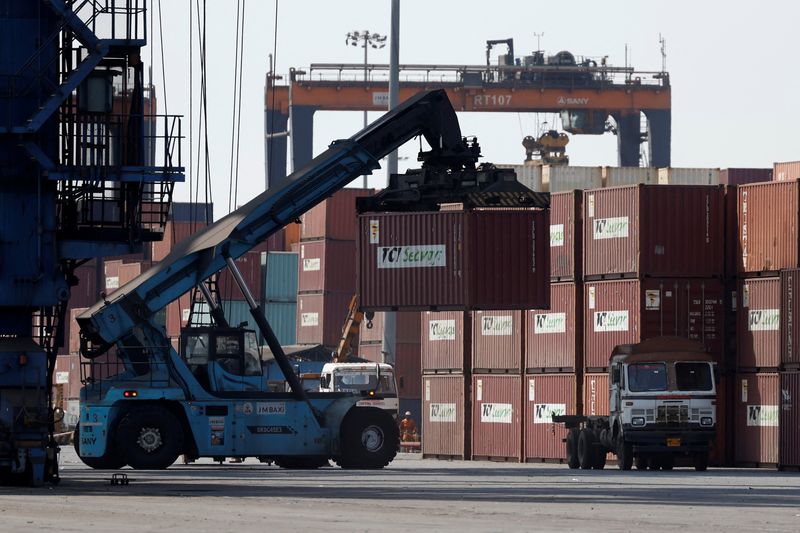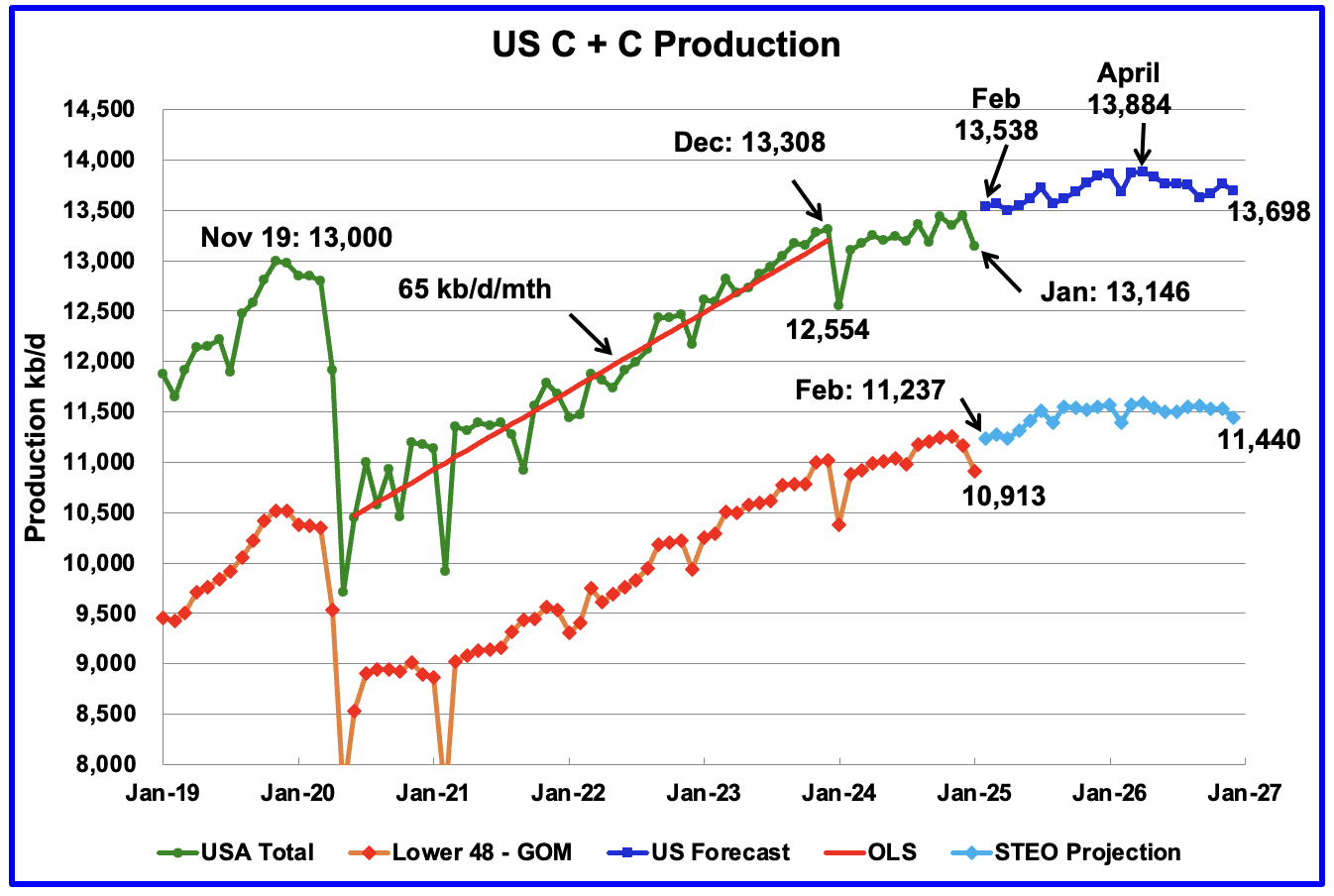Bond markets whipsaw amid 'sell America' trade in safe-have Treasuries
Treasury bonds are suffering some of the steepest near-term losses in five years.
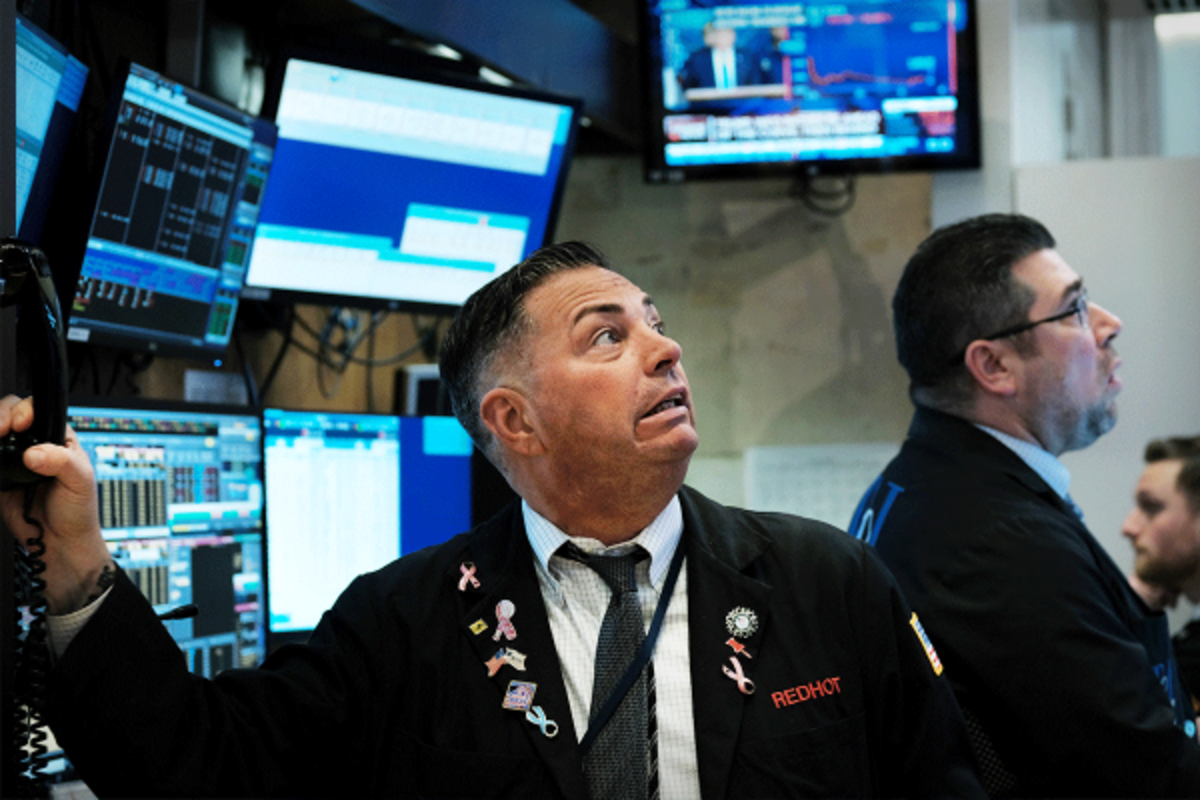
U.S. Treasury bond yields continued to spike in early Wednesday trading, extending one of the sharpest selloffs since the global pandemic, as investors growing increasingly concerned that President Donald Trump's tariff gambit will stoke inflation risks and push the economy closer to recession.
President Trump's sweeping trade levies, including a crippling 104% tariff on China-made goods, went into effect early today, with China hitting back with its own 84% tariff retaliation, sending global stocks sharply lower and pushing the U.S. dollar to the lowest levels since last September.
The more worrying overnight moves, which have also gripped markets for much of the past week, however, were in the bond market, where benchmark Treasury bond yields are continuing to spike higher, even in the face of elevated recession risks.
Treasury bond yields move in the opposite direction of prices, and typically fall when investors see slowing growth ahead as investors snap-up safe-haven assets.
However, bonds are also highly-sensitive to inflation risk, as it erodes the present value of future coupon and maturity payments, making them less attractive when price pressures are accelerating. 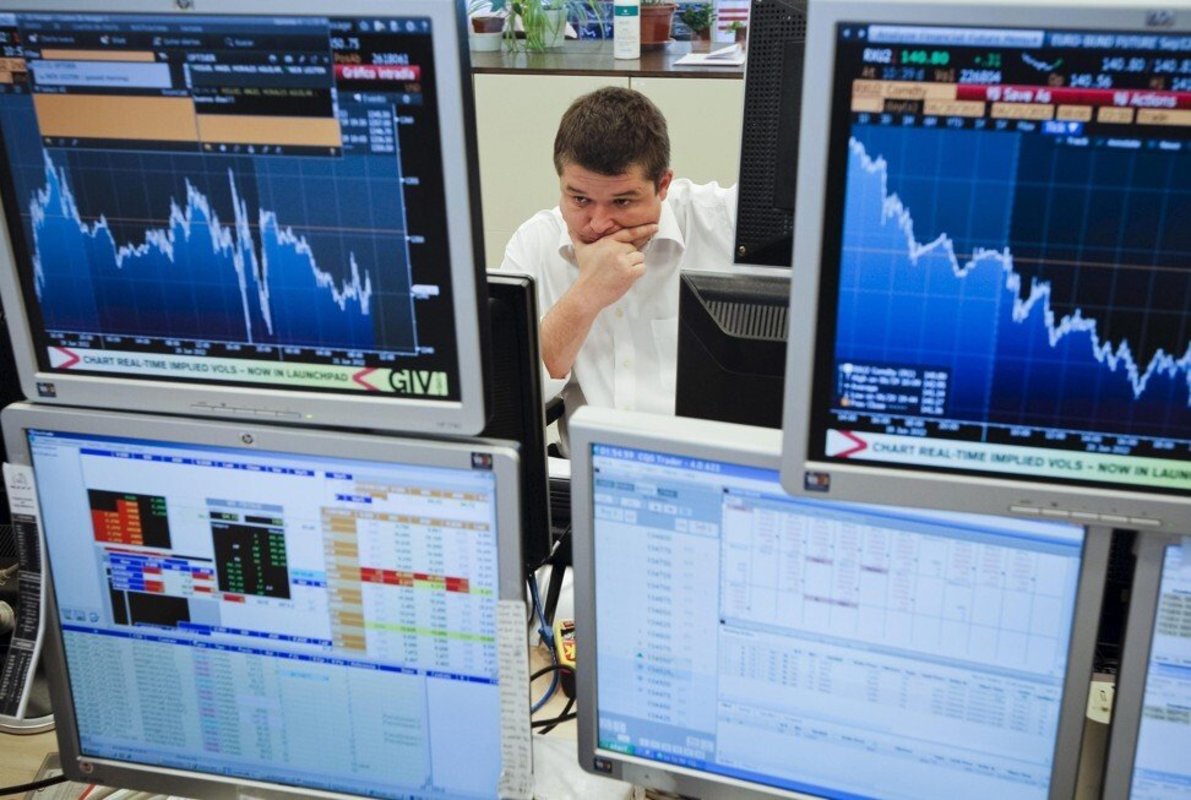
At present, markets are unsure as to how the new tariff regime will impact both the U.S. and world economies, at least in terms of inflation, but are largely in lock-step with respect to their weaker near-term growth forecasts.
That should, in theory, stoke Treasury bond demand and move market interest rates lower, a key goal of the Trump administration's economic policy and one that has been repeated by both the President and his Treasury Secretary, Scott Bessent.
Rates aren't coming down
What's happened in practical terms, however, is quite different: despite a $9 trillion sell-off in U.S. stocks since the start of the year, benchmark 10-year U.S. Treasury yields have only fallen by around 20 basis points.
That hasn't been enough to bring down mortgage rates, or ease credit financing rates, two key conditions needed to drive sentiment in a consumer-powered economy.
Recent market moves, meanwhile, are adding a third dimension to the Treasury market, and one that could be even more damaging.
Related: 10-year bond auction will provide key test to Trump's tariff strategy
"The more troubling narrative of late is the notion of what we call a 'sell America Inc.' risk," said ING's regional head of research for the Americas region Padhraic Garvey. "And it's one that's now dominating the rising recession risk theme that typically would have pushed yields down."
That could be why investors are seeing a notable spike in the MOVE index, Merrill Lynch's Options Volatility Estimate that acts as the bond market's go-to volatility gauge.
The MOVE index has surge more than 33% over the past five days and is now trading at the highest levels in more than a year.
Benchmark 10-year note yields were last trading at 4.394%, having touched 4.5% in overnight dealing, with 2-year notes pegged at 4.789%.
Long-dated 30-year bonds, meanwhile, tested the 5% level in overnight dealing and were last changing hands at 4.866%.
Hedge fund risks to Treasury market
Analysts also note that the unwinding of so-called basis trades, where hedge funds bet large amounts on the small difference between Treasury bond futures and cash Treasury bond prices.
These positions, which are often highly-leveraged, have increased in size over the past few years as the U.S. deficit and debt levels ballooned, adding yet another dimension to overall market risk.
"If we were to slip into recession there is a path there for yields to revert lower, but the here and now is painting Treasuries as a tainted product, and that's not comfortable territory," said Garvey.
Related: Don't expect the Fed to rescue stocks from tariff gambit
"And not for the Trump administration that had championed previous falls in Treasury yields as something to cling to as a positive offset from the tariffs narrative that was hurting risk assets," he added.
Charles Younes, deputy CIO at London-based FE fundinfo, is also seeing change in perspective where it comes to viewing U.S. Treasury bonds, which he argued have been "long viewed as global safe havens but are now being repriced as sentiment deteriorates."
10-year auction in focus
"This is not about fundamentals, which remain broadly intact, but about rising uncertainty and diminished visibility," he said. "Investors are increasingly demanding a premium to hold US-based assets."
That could put today's $39 billion auction of re-opened 10-year notes, the first of three Treasury sales expected to raise around $119 billion, in sharp focus.
A $58 billion sale of 3-year notes yesterday drew solid interest from so-called indirect bidders, which are mostly comprised of foreign central banks, but only after some last-minute price concessions to make the paper more attractive.
"There will be nervousness into Wednesday's 10-year auction, especially as this is the benchmark line," Garvey said. "The theme here is a troubling one for Treasuries."
More Economic Analysis:
























